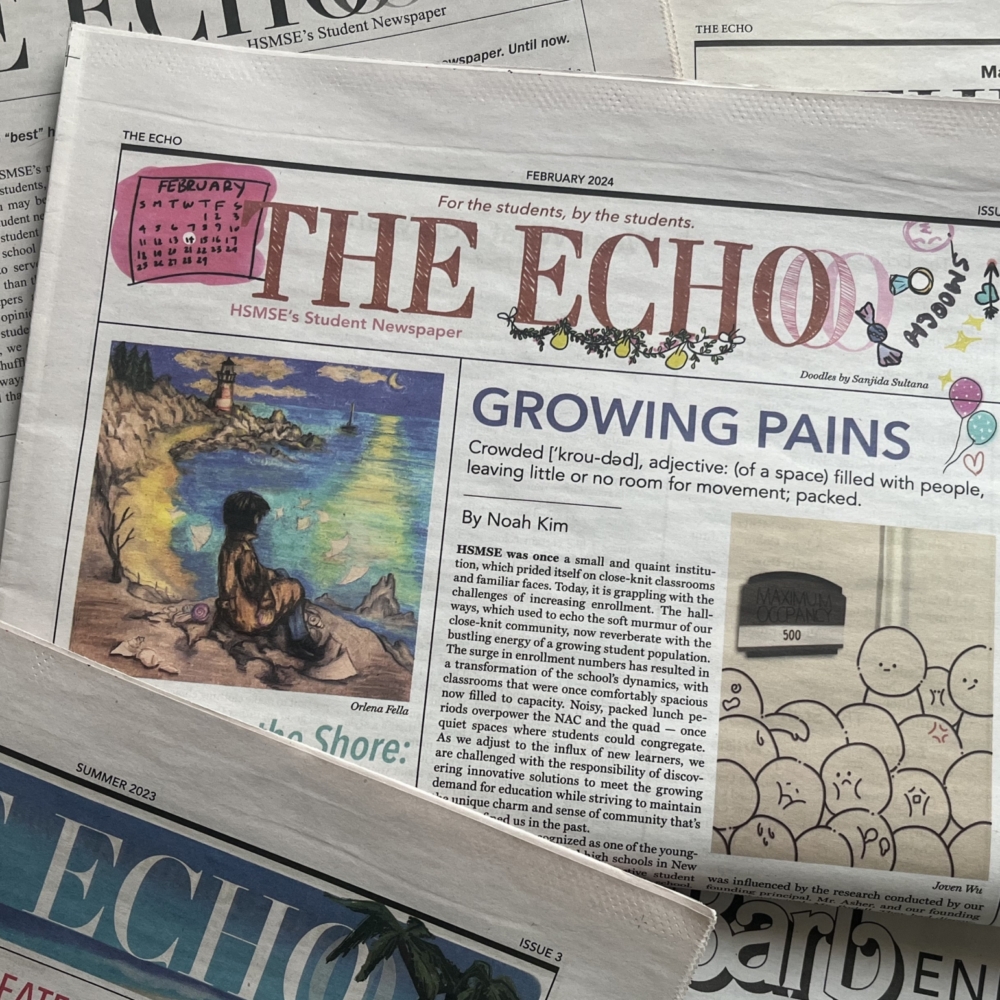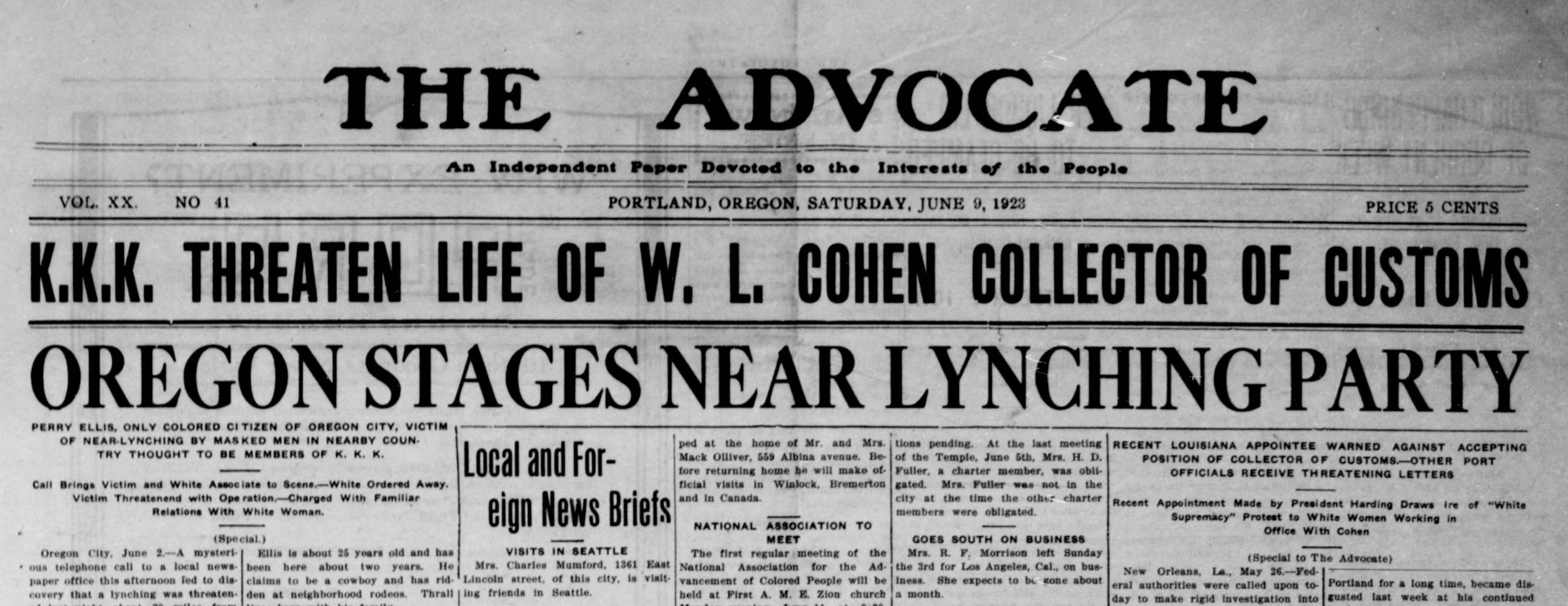Getting My News Articles To Work
Getting My News Articles To Work
Blog Article
News Articles for Beginners
Table of ContentsOur News Articles DiariesThe Ultimate Guide To News ArticlesNews Articles Things To Know Before You Get ThisRumored Buzz on News ArticlesThe Facts About News Articles Revealed
Great understanding of different topics provides pupils an affordable edge over their peers. Although electronic and social media sites are conveniently accessible, we need to not neglect just how crucial it is to review the newspapers. Moms and dads need to attempt and instill the practice of reviewing a newspaper as a day-to-day routine to proceed the heritage of the adored print tool.News stories additionally include a minimum of among the complying with important features about the designated audience: closeness, importance, timeliness, human rate of interest, oddity, or consequence. The relevant term journalese is sometimes utilized, usually pejoratively, to refer to news-style writing. One more is headlinese. Newspapers normally stick to an expository writing design.
Within these limits, information tales additionally intend to be thorough. Among the bigger and a lot more highly regarded papers, fairness and balance is a significant element in providing info.
Papers with a worldwide target market, for instance, tend to make use of a much more formal design of writing. News Articles.; usual design overviews consist of the and the US Information Style Publication.
3 Simple Techniques For News Articles
Generally, reporters will not utilize a lengthy word when a brief one will do. They use subject-verb-object building and construction and vibrant, energetic prose (see Grammar). They supply anecdotes, examples and metaphors, and they seldom depend upon generalizations or abstract concepts. Information authors attempt to avoid utilizing the exact same word greater than once in a paragraph (often called an "resemble" or "word mirror").
Headlines in some cases omit the subject (e.g., "Jumps From Boat, Catches in Wheel") or verb (e.g., "Feline woman lucky"). A subhead (likewise subhed, sub-headline, subheading, caption, deck or dek) can be either a subordinate title under the major heading, or the heading of a subsection of the post. It is a heading that comes before the major message, or a team of paragraphs of the main message.

of an article subject, source, or interviewee), it is referred to as a pulled quote or draw quote. Additional billboards of any one of these kinds might appear later in the post (specifically on subsequent pages) to lure more analysis. Journalistic sites occasionally make use of animation methods to switch one billboard for one more (e.g.
Getting My News Articles To Work
Such billboards are additionally made use of as guidelines to the write-up in various other areas of the publication or website, or as ads for the piece in other publication or websites. News release of the Swiss federal government. Regular framework with title, lead paragraph (summary in bold), other paragraphs (information) and contact information.

Instance of a hard-lead paragraph NASA is proposing an additional area task. The spending plan demands roughly $10 billion for the project.
An "off-lead" is the second most important front page information of the day. To "hide the lead" is to start the short article with history info or information of secondary significance to the visitors, compeling them to review even more deeply into a short article than they should have to in that site order to discover the vital factors.
6 Easy Facts About News Articles Shown
Common use is that or two sentences each create their very own paragraph. Journalists generally explain the organization or framework of a newspaper article as an upside down pyramid. The vital and most intriguing components of a story are put at the beginning, with sustaining details adhering to in order of reducing relevance.
It allows people to check out a subject to only the deepness that their curiosity takes them, and without the imposition of information or nuances that they could consider pointless, but still making that details offered to more interested visitors. The upside down pyramid framework also allows posts to be cut to any kind of arbitrary length during design, to suit the area available.
Some authors begin their tales with the "1-2-3 lead", yet there are many kinds of lead available. A twist can refer to several things: The last story in the news program; a "satisfied" tale to end the program.
Longer articles, such as publication cover posts and the pieces that lead the inside areas of a newspaper, are referred to as. Function stories differ from straight news in numerous means. Foremost is the absence of a straight-news lead, many of the time. As opposed to offering the significance of a story in advance, function writers might attempt to lure viewers in.
The Of News Articles
An attribute's first paragraphs typically connect an intriguing moment or event, as in an "anecdotal lead". From the particulars of a person or episode, its view swiftly widens to generalities about the story's subject.

The Editor's Tool kit: A Recommendation Guide for Beginners and Professionals (2001) Allan M. Siegal and William G. Connolly. The New York City Times Manual of Design and Usage: The Authorities Style Overview Utilized by the Writers and Editors of the Globe's A lot of Authoritative Paper (2002) News Articles M. L. Stein, Susan Paterno, and R.
Report this page